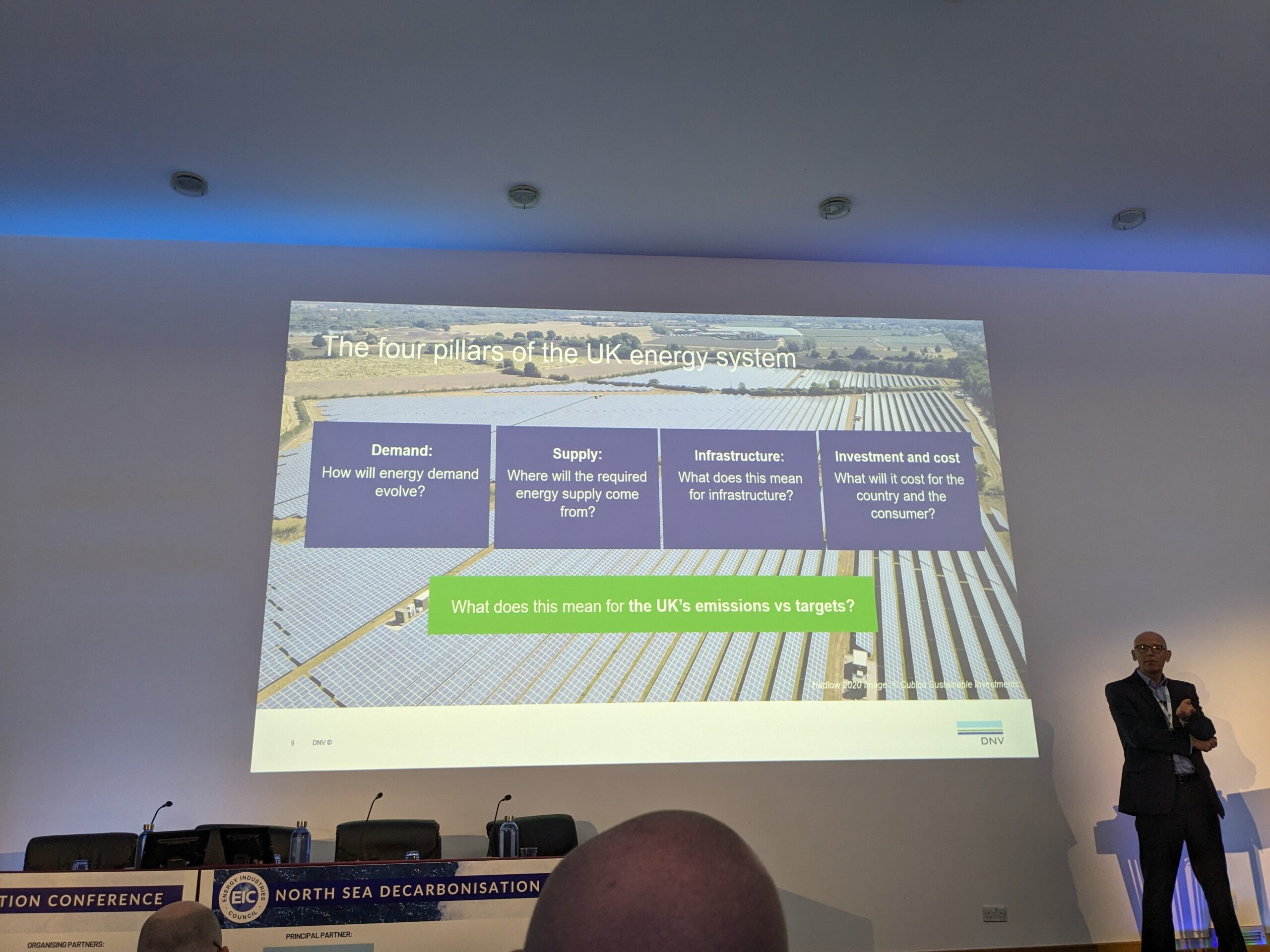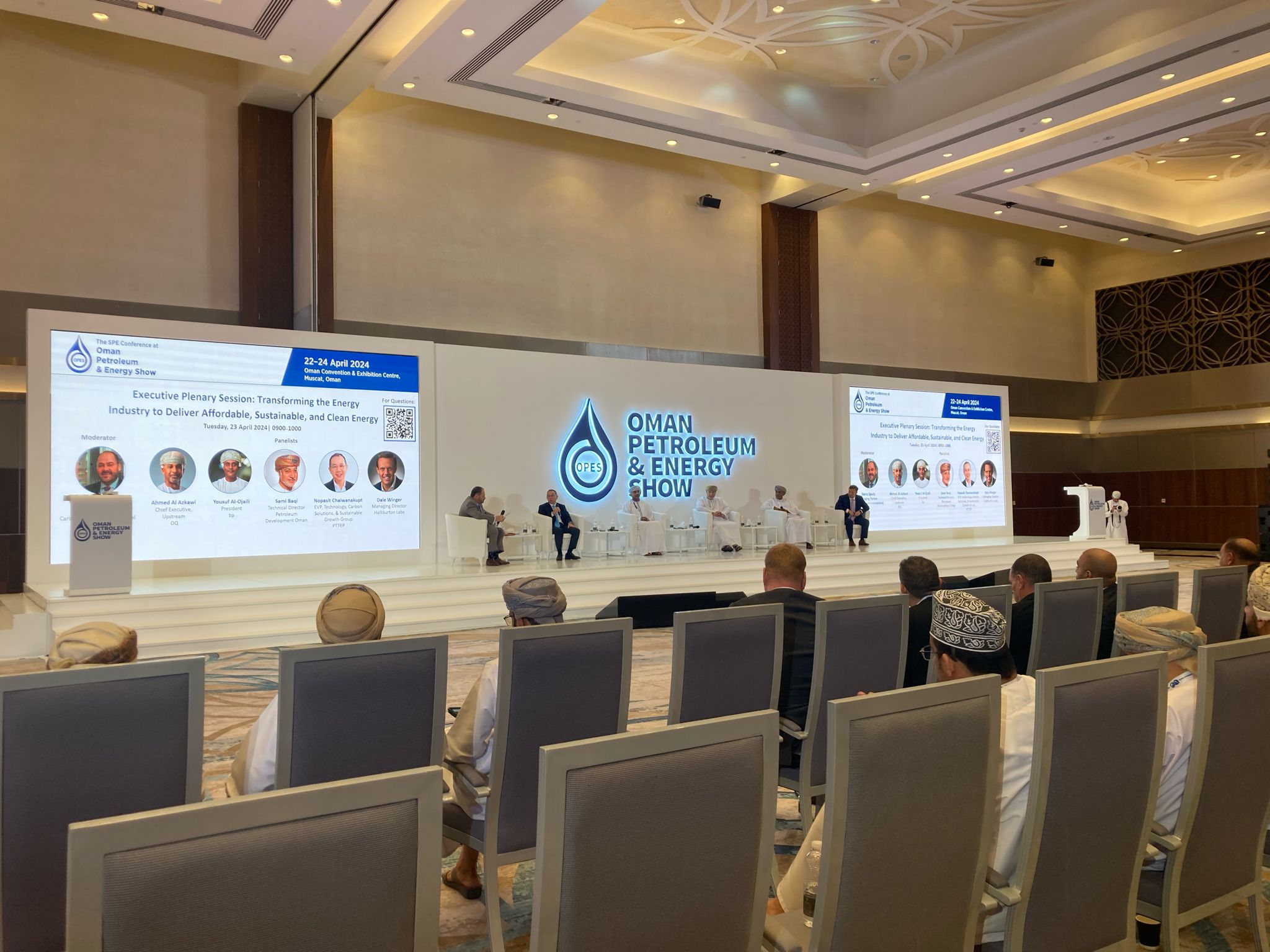Offshore wind sector in Japan struggles to gain footing
Japan has vast wind power potential that remains undeveloped, especially floating offshore, a recent report found.

Under increasing pressure to rein in its greenhouse gas emissions, Japan has developed a goal of becoming a major offshore wind power developer. The Japanese government recently increased targets for awarding contracts for offshore wind energy to 10 GW by 2030 and 30-45 GW by 2040.
Japanese companies already have offshore wind assets in countries from nearby Taiwan to Belgium and the UK, but haven’t yet built large-scale projects at home. However, that could soon change. Major global renewable firms, from Orsted and RWE to BP, Equinor and Iberdrola, have set up offices in Japan.
In October, Japanese shipping firm Mitsui O.S.K. Lines became the latest corporate giant to enter the sector. The Tokyo-based company signed an MOU with French renewable energy firm EDF Renewables to cooperate in the development of offshore wind in addition to green hydrogen development.
A month earlier, the Japanese government sought to make it easier for both foreign and domestic companies to enter the wind power sector by shortening environmental assessments for building offshore farms. Though a typical assessment takes several years to finish, the shortened process would make two out of the current four major steps unnecessary for potential wind farm operators.
Vast untapped potential
Japan has vast offshore wind power development potential that remains undeveloped. Its total technical potential for offshore generation is over 9,000 TWh/year, more than nine times its projected electricity demand in 2050, a recent Zero Carbon Analytics report found.
Japan is also particularly well-suited to floating offshore wind power development. Its mountainous and seismic landscape offers limited available room for solar and onshore wind power development. Second, Japan has the seventh largest coastline in the world, stretching some 30,000 kilometres, with water depths that drop quickly (on average up to 200 metres) relatively close to the shore.
UK-based SSE Renewables spokesman Jake Hamilton told Gas Outlook that Japan is still relatively new to the offshore wind industry, but is already working on introducing a 200-nautical mile Exclusive Economic Zone (EEZ) to secure larger offshore wind projects.
SSE Renewables, which already has offshore wind assets in the UK and Ireland, entered Japan’s offshore wind power market two years ago. Hamilton added that the target volume [winners of a second major round of offshore wind tenders to build 1.8GW of capacity for floating offshore] will be announced by the end of next March.
Renewables, led by offshore wind, could also help Japan quickly decrease fossil fuel reliance and instead generate 70 percent of its electricity from renewables in just over ten years, a recent Japan Energy Watch report said.
Zero Carbon Analytics added that some 1GW of offshore wind farm capacity could replace the 0.8 bcm of gas which would be needed to generate the same amount of electricity. In 2022, this 1GW wind farm would have also avoided US$928 million in imported LNG costs, while a 30GW target for 2030 would have avoided US$27.8 billion of the same costs.
Challenges remain
However, challenges for offshore wind development that are unique to Japan remain. These include frequent earthquakes and seasonal typhoon-force winds.
As such, Japan has been working on wind farms that can withstand typhoon-scale winds and earthquakes. This, of course, will make offshore wind power development in Japan more expensive than in other countries. To date, it appears that this dynamic hasn’t yet dissuaded interest from foreign renewable developers.
However, Japan’s offshore wind power sector is now grappling with scandal allegations. In September, Lower House member and ex vice-foreign minister Masatoshi Akimoto was arrested on suspicion of accepting a bribe from Japan Wind Development Co. in return for making requests in parliament that would benefit the company.
A Japan Times article reported that while it’s not expected to impact Japan’s mid to long range plans to promote offshore wind power, Akimoto’s arrest could still have a short term impact on Japanese Prime Minister Fumio Kishida’s attempts to further his Green Transformation Policy.
Japan’s offshore wind ambitions come as the country tries to set a path to reach its net zero 2050 goals. However, even as it develops more renewable energy, the Japanese government continues to push its LNG narrative.
On November 20, the Ministry of Economy, Trade and Industry asked LNG importers to secure new decades-long supply deals under efforts to boost what it called “energy security.” However, some of these long-term deals could cover a 27-year duration, or longer, meaning they could expire well after the country’s 2050 net zero pledge.
Japan is the world’s largest LNG importer and its fifth largest crude oil importer though it has a population of only 131 million people. As such, it’s also the world’s fifth largest carbon emitter. Japan’s emissions for the 2021/22 financial year scaled up to the equivalent of 1.17 billion metric tonnes of CO2 from 1.15 billion tonnes a year earlier.
Japan also plans to rely on carbon, capture, storage and utilisation (CCSU) technology to rein in emissions from its LNG sector. It plans to develop enough CCSU capacity to store 120 million to 240 million tonnes of CO2 per year by 2050.
These plans, however, are fraught with concerns over the inability of CCSU to adequately address emissions, including possible leakage once CO2 is stored, to allegations that these plans are simply greenwashing attempts to help keep large fossil fuel companies and gas burning utilities operating for decades under the guise of climate change mitigation.



